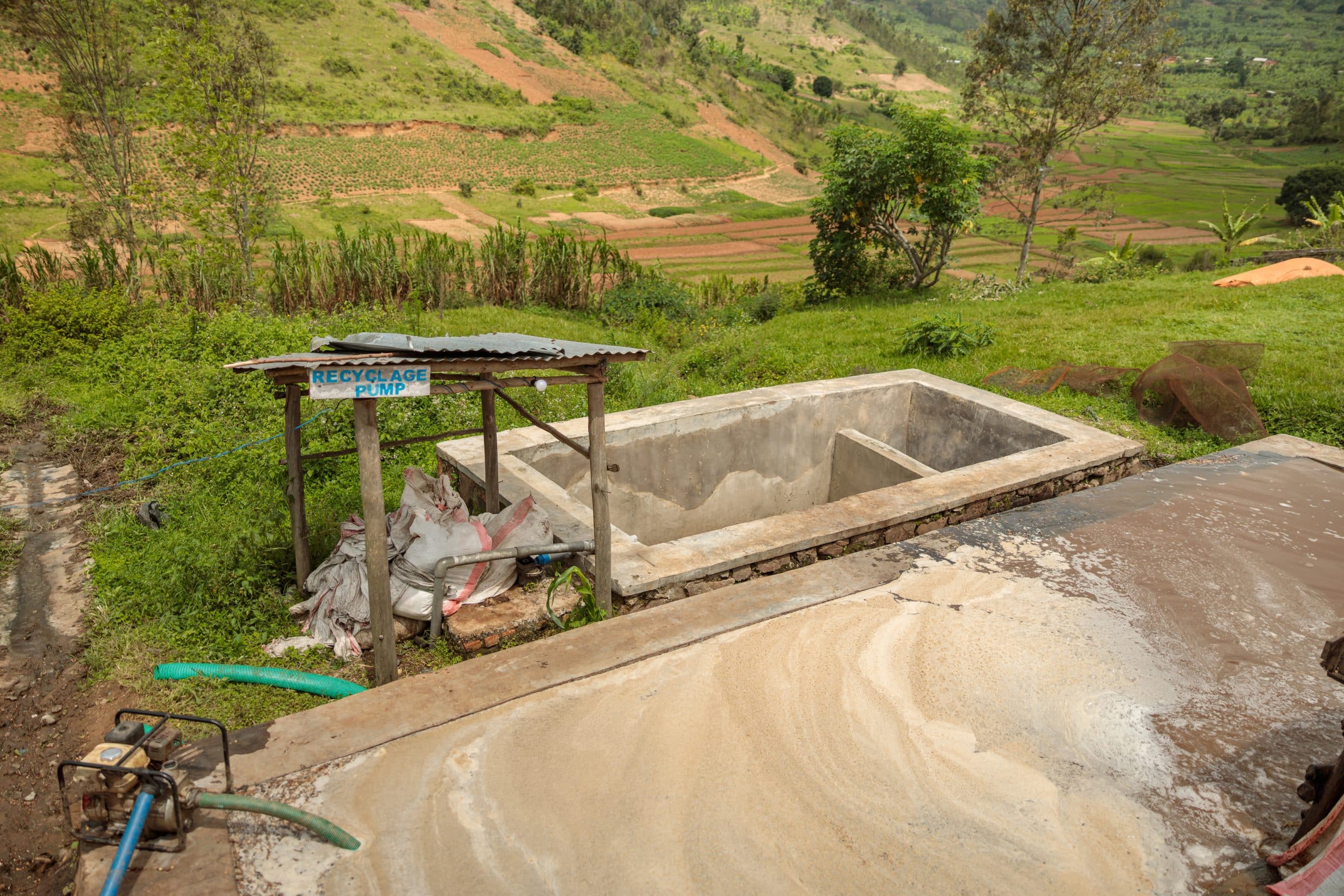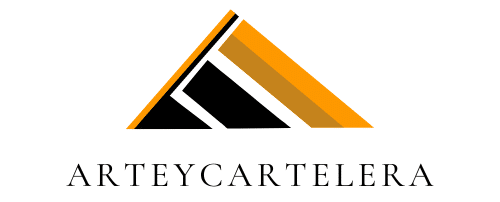How to Develop Effective Communication Campaigns for Recycling Programs in UK Cities?

The topic of recycling has become more pertinent than ever. With waste management and recycling rates continuously under scrutiny, many UK cities, such as London, face the pressing need to improve these metrics. But how can this goal be achieved? One significant strategy is to develop effective communication campaigns to influence residents’ behaviour, break down barriers, and promote active participation in recycling programs. This article will discuss this in-depth, providing you with a comprehensive guide to developing such campaigns.
Understanding your Local Context
Before launching a communication campaign for recycling, it is crucial to understand your local context. This includes having a clear grasp of the existing waste management infrastructure, collection systems, and the recycling behaviour of residents.
Dans le meme genre : What Is the Potential for Virtual Reality Therapy in Treating PTSD?
In order to gather such information, data collection is critical. This should include the current recycling rate, the type of waste generated, in particular, food waste, and the common barriers faced by residents in recycling. This information can be collected through surveys, council records, and other data sources.
Once this data is collected, it should be analysed to identify patterns and trends. For example, if a high volume of food waste is being generated in households, the campaign could focus on promoting composting practices. On the other hand, if certain barriers are preventing residents from recycling, these issues should be addressed in the communication campaign.
Dans le meme genre : How Can the UK’s Coastal Towns Adapt to Rising Sea Levels and Coastal Erosion?
Identifying your Target Audience
The next step in developing a communication campaign is to identify your target audience. This will largely depend on the data collected in the previous step. For instance, if the data reveals that a particular demographic group or neighbourhood has a low recycling rate, they should be the focus of the campaign.
Identifying your target audience is important because it enables you to tailor your messages and communication methods to resonate with them. For example, if your target audience is young adults, you might use social media platforms as a primary means of communication, as this is a medium they are likely to engage with.
Crafting your Messages
Once you have a good understanding of your local context and have identified your target audience, it’s time to craft your messages. This is where you use your knowledge about your residents’ attitudes, behaviours, and barriers towards recycling to create impactful and persuasive messages.
Your messages should be clear, simple, and actionable. They should emphasize the benefits of recycling such as environmental protection, cost savings, and community wellbeing. In addition, they should address the barriers identified in your data collection phase. For example, if residents feel that recycling is too complicated, your messages could focus on simplifying recycling processes or providing clear instructions on how to recycle correctly.
Choosing the Right Communication Channels
The effectiveness of your communication campaign also hinges on the choice of communication channels. These are the ways you deliver your messages to your target audience. The channels chosen should align with the preferences and behaviours of your residents.
For example, if your target audience is older residents who may not be very tech-savvy, traditional communication channels such as newspapers, local radio stations, and community meetings might be more effective. On the other hand, for a younger, tech-savvy demographic, digital channels like social media, email newsletters, and mobile apps may be more appropriate.
Monitoring and Evaluation
The final step in developing a communication campaign for recycling is to monitor and evaluate its effectiveness. This will involve collecting data on the campaign’s reach, the change in residents’ recycling behaviours, and the change in recycling rates.
Monitoring and evaluation should be ongoing, allowing for adjustments to be made as necessary. For example, if the data shows that the campaign is not reaching a certain demographic group, you may need to adjust your communication channels or messages.
Remember, communication campaigns are not a one-off effort, but require continuous work and commitment. But with careful planning and execution, they can play a significant role in boosting recycling rates and fostering a culture of sustainable waste management in your local community.
Implementing Incentive Schemes for Increased Participation
Incentive schemes are a tried and proven method for changing behaviour. Several UK cities, including London, have successfully used such schemes to help increase recycling rates. In these incentive schemes, residents earn points – often referred to as green points – which can then be redeemed for rewards.
These points are usually awarded based on the amount of waste recycled, waste reduction, or participating in recycling-related activities. For example, some local authorities have schemes where residents earn green points for every kilogram of household waste they recycle. These points can then be swapped for rewards including shopping vouchers, discounts at local retailers, or even donations to local charities.
The advantage of such incentive schemes is that they not only encourage positive recycling behaviours but also foster a sense of community. They give residents a sense of ownership and responsibility over their waste management. Moreover, they also provide tangible benefits for engaging in recycling, making it more appealing.
Implementing incentive schemes requires careful planning and coordination with local retailers, charities, and other stakeholders. It is also crucial to make the scheme easily accessible and simple to understand. This is where efficient communication between local authorities and residents is essential.
Enhancing Recycling Infrastructure
Improving recycling rates is also closely tied to the quality of the recycling infrastructure in place. Even the best communication campaigns will be unsuccessful if residents find it difficult to recycle due to inadequate facilities.
A good recycling infrastructure should be easy to use, accessible, and clearly labelled. The presence of clearly marked bins for different types of waste, such as food waste, paper, and plastic, at accessible locations can significantly improve recycling behaviour.
It is also crucial to ensure the waste collection schedule is regular and reliable. Irregular collections or overflowing bins can discourage residents from recycling. Therefore, local authorities must invest in improving the waste collection service to ensure it is reliable and can handle the volume of materials collected.
Furthermore, local authorities can also develop recycling schemes that facilitate a circular economy. For example, a scheme could be implemented which collects food waste from households and uses it to generate compost for local parks and gardens.
Conclusion
In conclusion, developing effective communication campaigns for recycling is a multifaceted task. It requires a keen understanding of the local context, the identification of target audiences, crafting clear and actionable messages, selecting the right communication channels, and monitoring and evaluation of the campaign’s effectiveness.
In addition to this, local authorities must also consider implementing incentive schemes to motivate residents and invest in enhancing the recycling infrastructure to facilitate recycling. While this may seem like a daunting task, the benefits of improving recycling rates – from environmental protection and cost savings to fostering community wellbeing – make it a worthwhile endeavour.
If executed successfully, these strategies can not only significantly increase recycling rates but also transform public attitude towards waste management, fostering a culture of sustainability that extends beyond recycling. The journey towards a greener future for UK cities starts with every piece of waste that finds its way into the recycling bin instead of the landfill.
